Initial Investment: The Screen and Projector
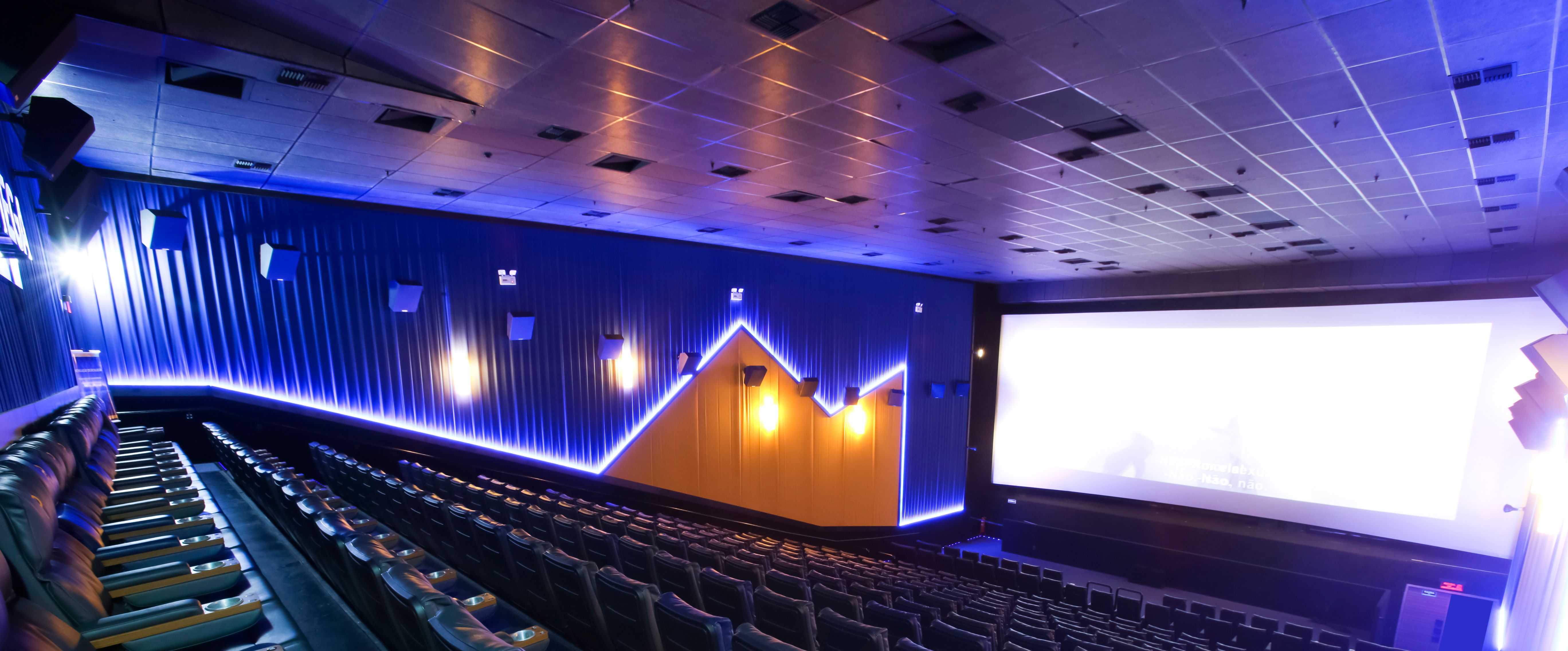
Creating a private cinema at home begins with choosing the right screen and projector. The screen is your canvas, and its size and quality can greatly affect the viewing experience. A decent quality screen can start from $200, but if you want the ultimate experience, you might consider investing in a motorized screen, which can set you back over $1,000. Pairing this with a high-definition projector is crucial. A 4K projector can range anywhere from $1,500 to over $5,000, depending on the brand and features. It’s worth noting that projectors require a certain amount of space to project a clear image, so room size plays a factor. Consider this the heart of your cinema setup, where your visual experience lives and breathes.
Sound System: Bringing the Theater Home
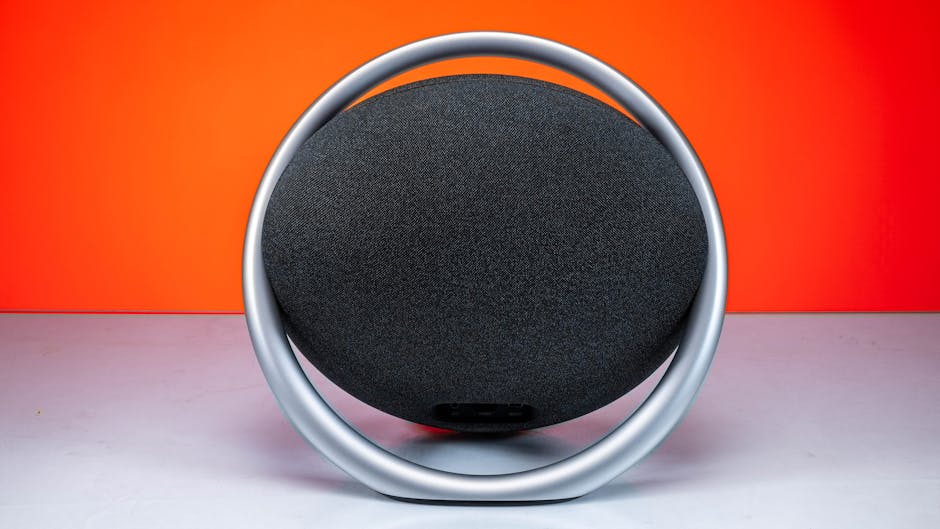
A cinema experience is incomplete without a high-quality sound system. The auditory aspect is just as important as the visual. A sound system can range from a simple soundbar, which might cost around $200, to a full surround sound system, which can exceed $2,000. The latter option typically includes multiple speakers and a subwoofer, creating an immersive sound environment. Brands like Bose and Sonos offer top-tier quality but come with a price tag. Many cinema enthusiasts opt for a Dolby Atmos system, which provides a three-dimensional sound experience by using upward-firing speakers. This additional investment can elevate your home cinema to rival that of commercial theaters.
Seating: Comfort Meets Style

Seating is an often overlooked yet vital component of your home cinema. It’s not just about aesthetics but also about comfort for long viewing sessions. Reclining seats with cup holders are a popular choice, and costs can vary widely. Basic options start at around $300 per chair, while luxury recliners with added features like heating and massage can go beyond $1,000 each. If you plan to accommodate more people, consider the layout and spacing. The price of seating can quickly add up, but it’s an investment in comfort and style that pays off with every movie night.
Acoustic Treatments: Soundproofing Your Space
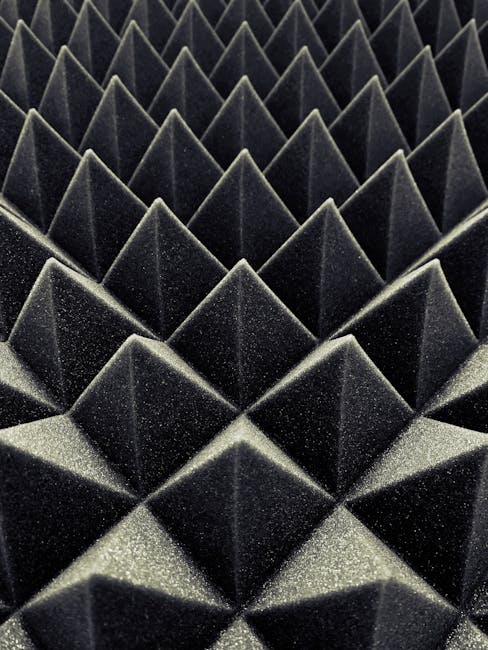
To truly replicate a cinema experience, soundproofing your room is essential. Acoustic panels, which absorb sound and reduce echo, range from $100 to $500, depending on size and material. Carpeting and curtains also contribute to sound absorption, preventing sound from bouncing around the room. For those who live in apartments or close quarters, soundproofing is a considerate investment for both yourself and your neighbors. This step ensures that the sound quality remains pristine and that you can enjoy movies without external noise interference.
Lighting: Setting the Mood
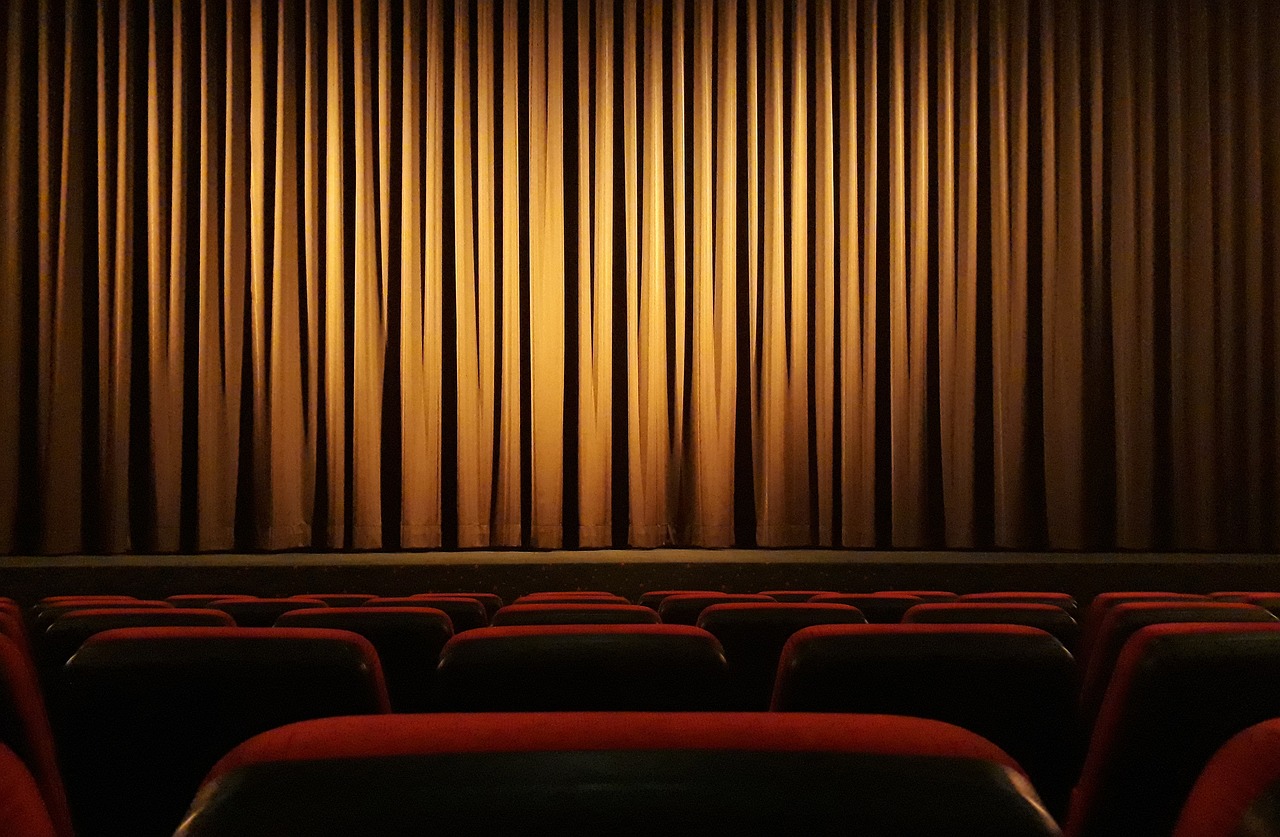
Lighting plays a crucial role in creating an authentic cinema atmosphere. Dimmable LED lights are a popular choice, allowing you to adjust the brightness to match the mood of the film. These can be installed around the perimeter of the room, costing around $100 to $300. Some enthusiasts opt for star ceiling panels, which mimic a night sky, adding a unique touch to the cinema. The key is to balance functional lighting with ambiance, ensuring that it enhances rather than distracts from the viewing experience.
Streaming and Media Devices: Content is King

To access a wide range of movies and shows, a reliable streaming device is necessary. Options like Apple TV, Roku, or Amazon Fire Stick start from $30 and can go up to $200. These devices connect to your Wi-Fi and provide platforms for streaming services such as Netflix, Hulu, and Disney+. Subscription fees for these services are additional costs to consider, typically ranging from $10 to $20 per month per service. Having a variety of content readily available enhances your cinema experience, ensuring there’s always something to watch.
Maintenance and Upkeep: Keeping It Fresh
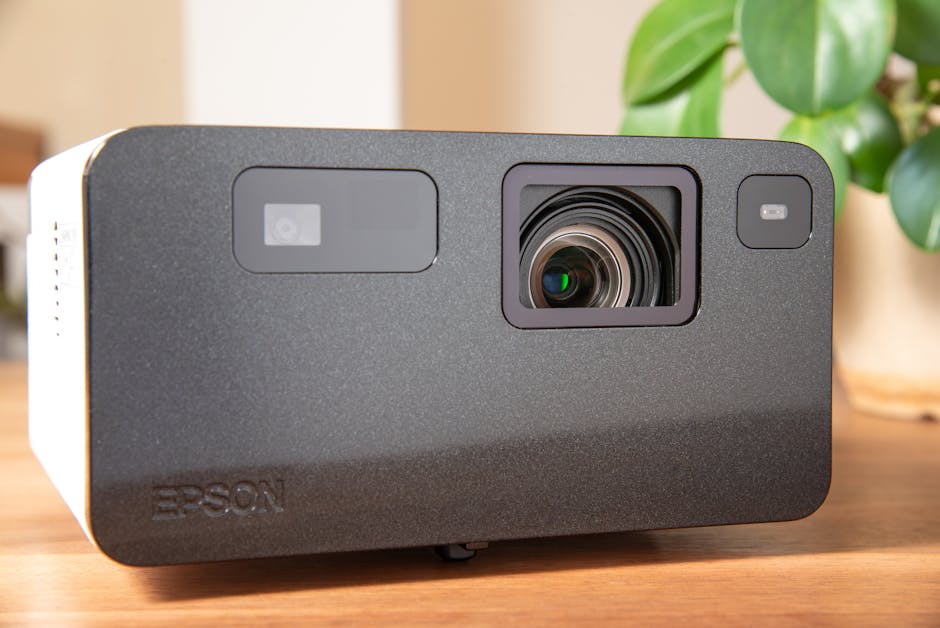
Maintaining your home cinema involves regular cleaning and occasional equipment updates. Projector bulbs need replacing every few years, costing around $100 to $300 each. Dust can accumulate on screens and speakers, affecting performance, so regular cleaning is a must. Furniture may also require upkeep, especially if you opt for leather seating, which needs conditioning to prevent cracking. These ongoing costs are often overlooked but are essential to keeping your cinema in top condition.
Smart Integration: The Future of Home Cinemas
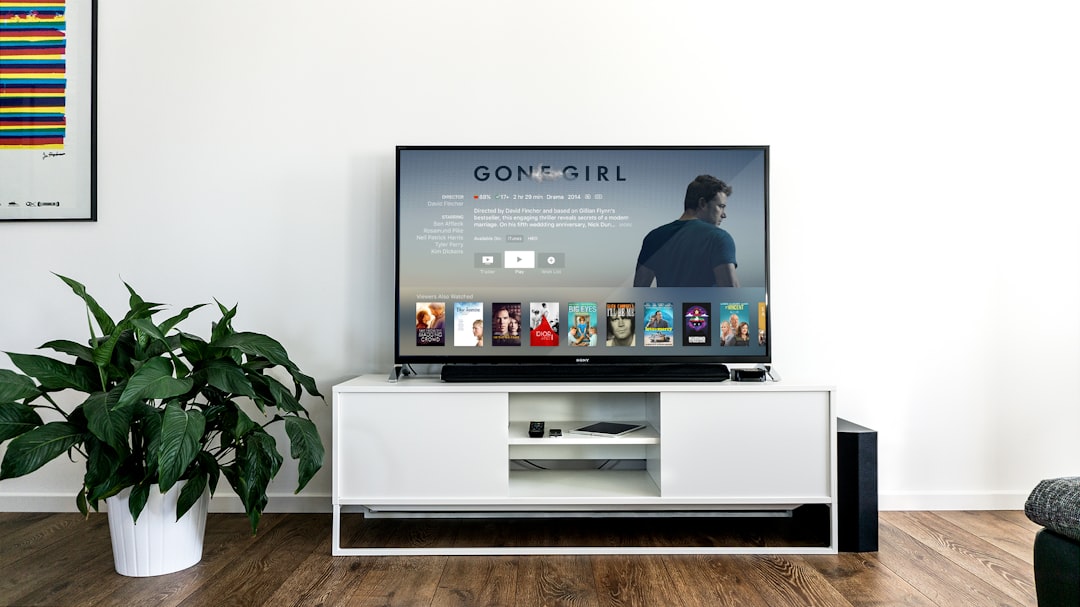
Integrating smart home technology can streamline your cinema experience. Voice-controlled systems like Amazon Alexa or Google Home can control lighting, sound, and even start your movie with a simple command. Smart integration can range from $50 to several hundred dollars, depending on the complexity and number of devices. This tech-savvy addition not only impresses guests but also adds a layer of convenience, making your cinema experience smoother and more enjoyable.
Decor and Personal Touches

Adding personal touches to your cinema room can transform it into a unique space. Posters of your favorite films, themed decor, or even a popcorn machine can add charm and character. Costs for decor can vary widely, depending on your taste and budget. This is where your personality shines, making the space truly yours. Personal touches not only enhance the aesthetic appeal but also create a welcoming atmosphere for family and friends.
Insurance and Security: Protecting Your Investment

Lastly, consider insuring your home cinema to protect your significant investment. Home insurance policies may cover high-value items, but it’s crucial to check the specifics with your provider. Adding security measures like cameras or alarm systems can provide peace of mind. Costs for these precautions can range from $100 for basic setups to several thousand dollars for comprehensive systems. Ensuring your cinema is protected against theft or damage is a wise decision to safeguard your entertainment haven.

Matthias is a skilled author and digital storyteller with a focus on travel journalism, environmental issues, and modern home design. With a background in communications and a passion for global cultures, Matthias crafts engaging narratives that blend real-world exploration with thoughtful analysis and visual flair.
His writing reflects a deep interest in how climate change shapes our lives and lifestyles—from sustainable travel practices to eco-friendly living environments. Known for his clear, approachable voice and sharp editorial instincts, Matthias delivers content that resonates with readers seeking both inspiration and substance.
Whether reporting from remote destinations, breaking down sustainable design trends, or spotlighting innovative green initiatives, Matthias brings a global perspective and an eye for detail to every piece. He regularly contributes to web platforms and editorial projects that aim to foster awareness, creativity, and conscious living.
